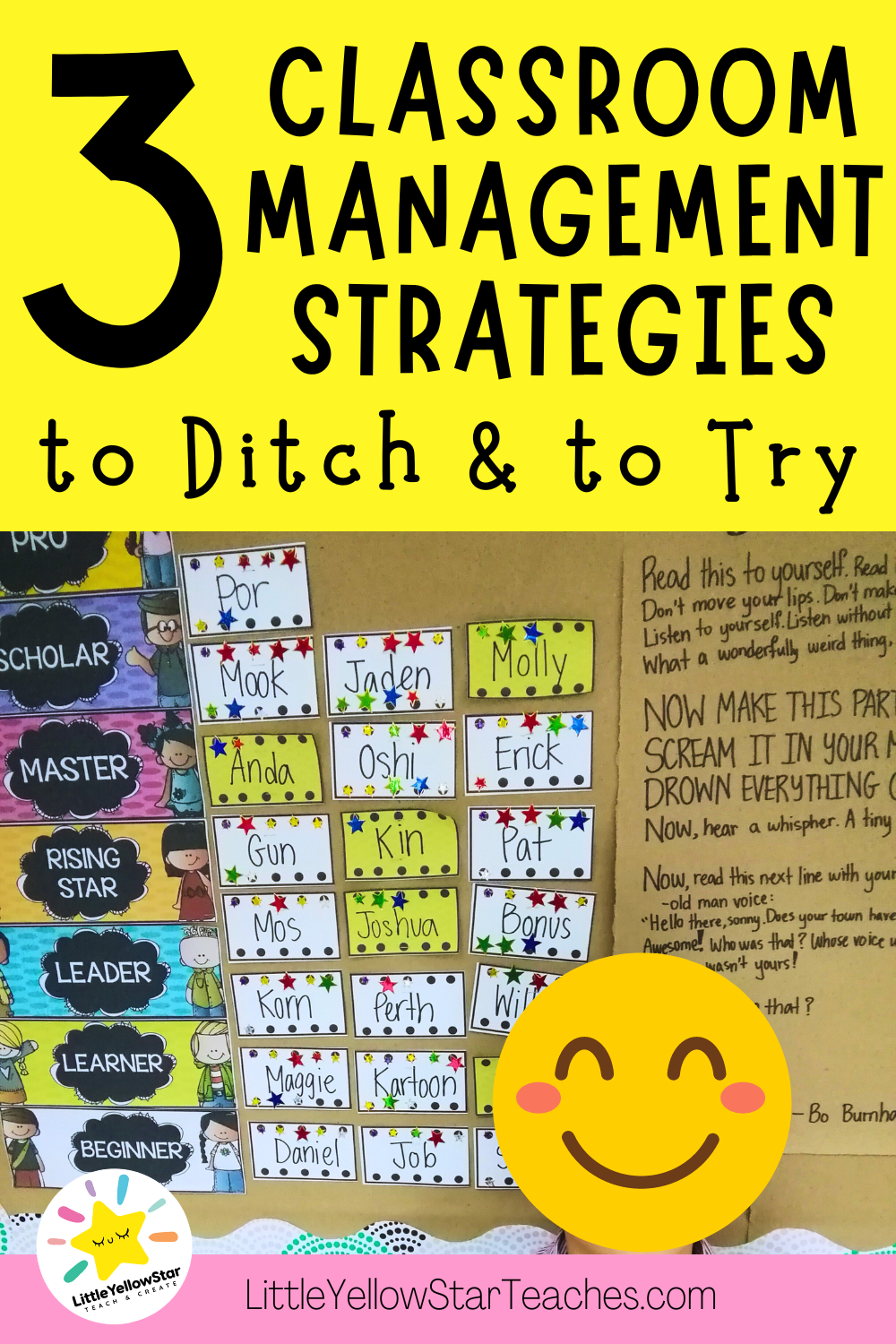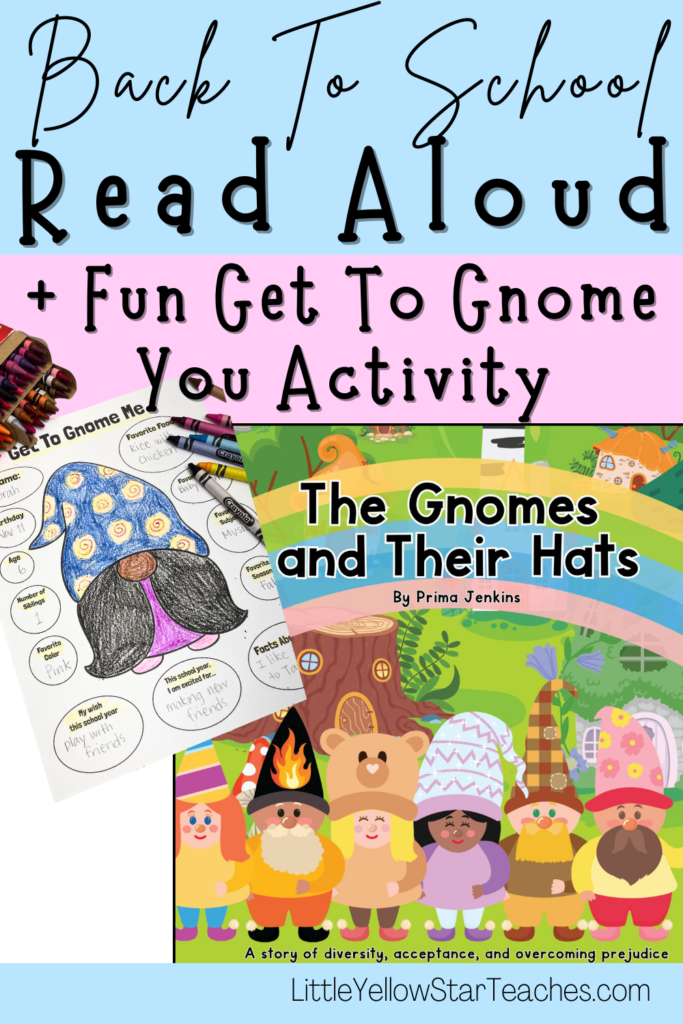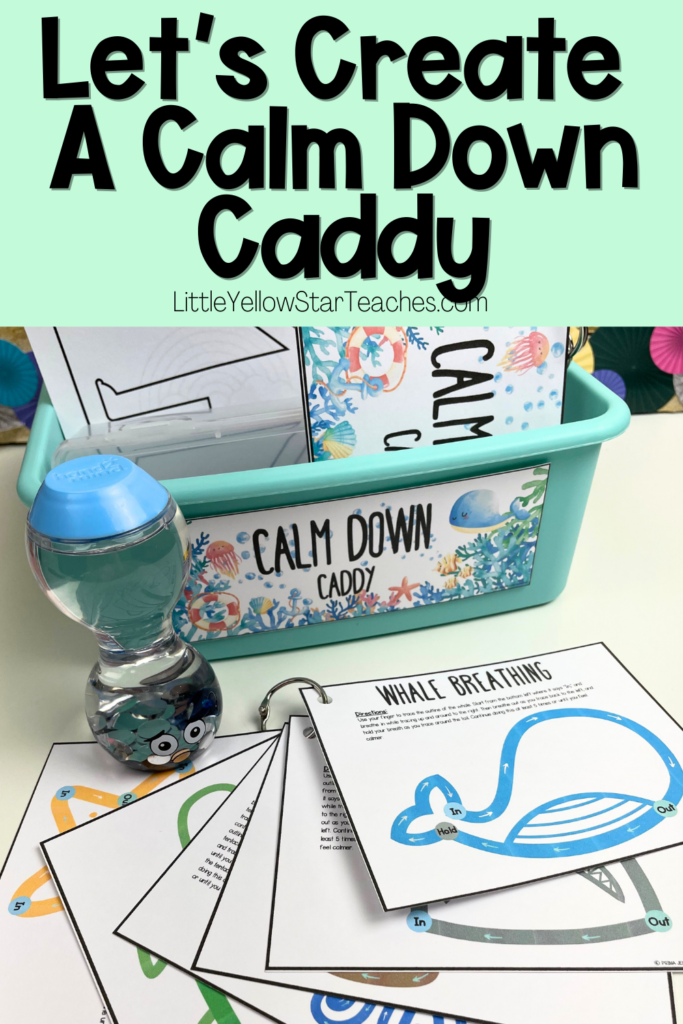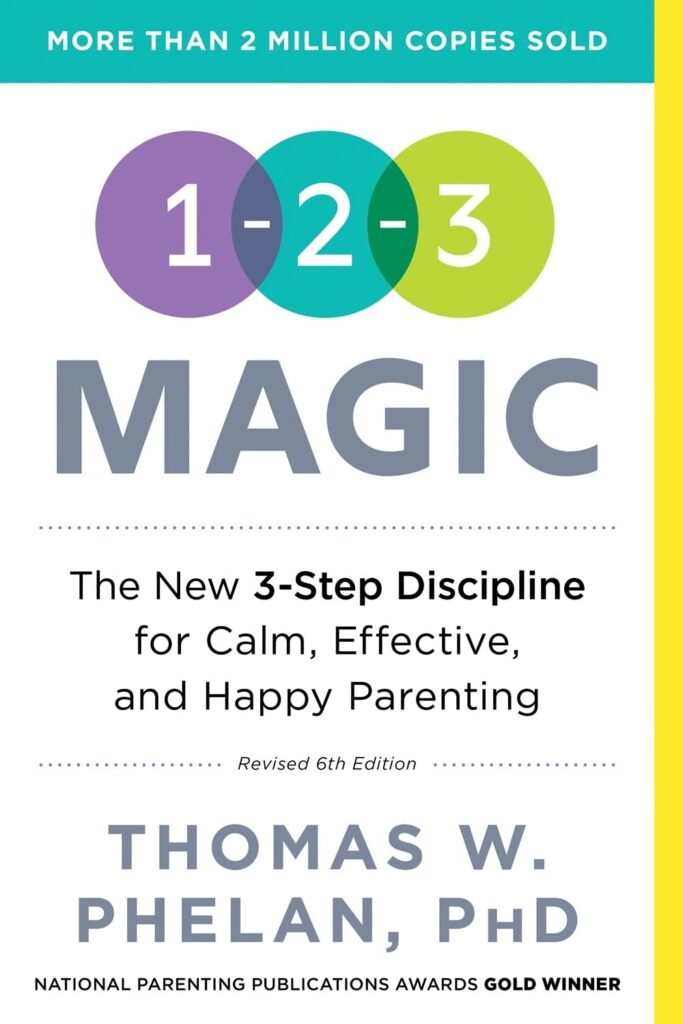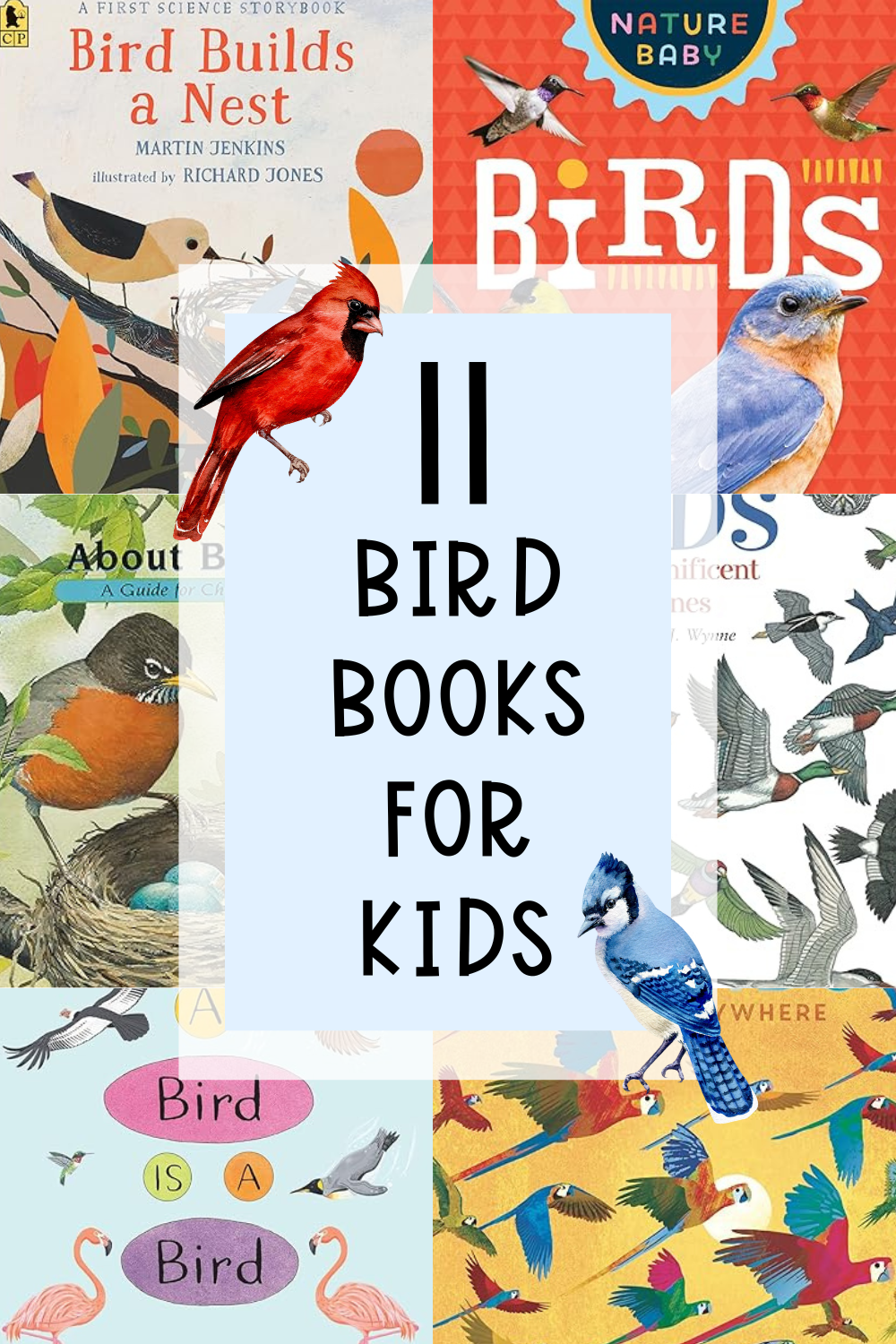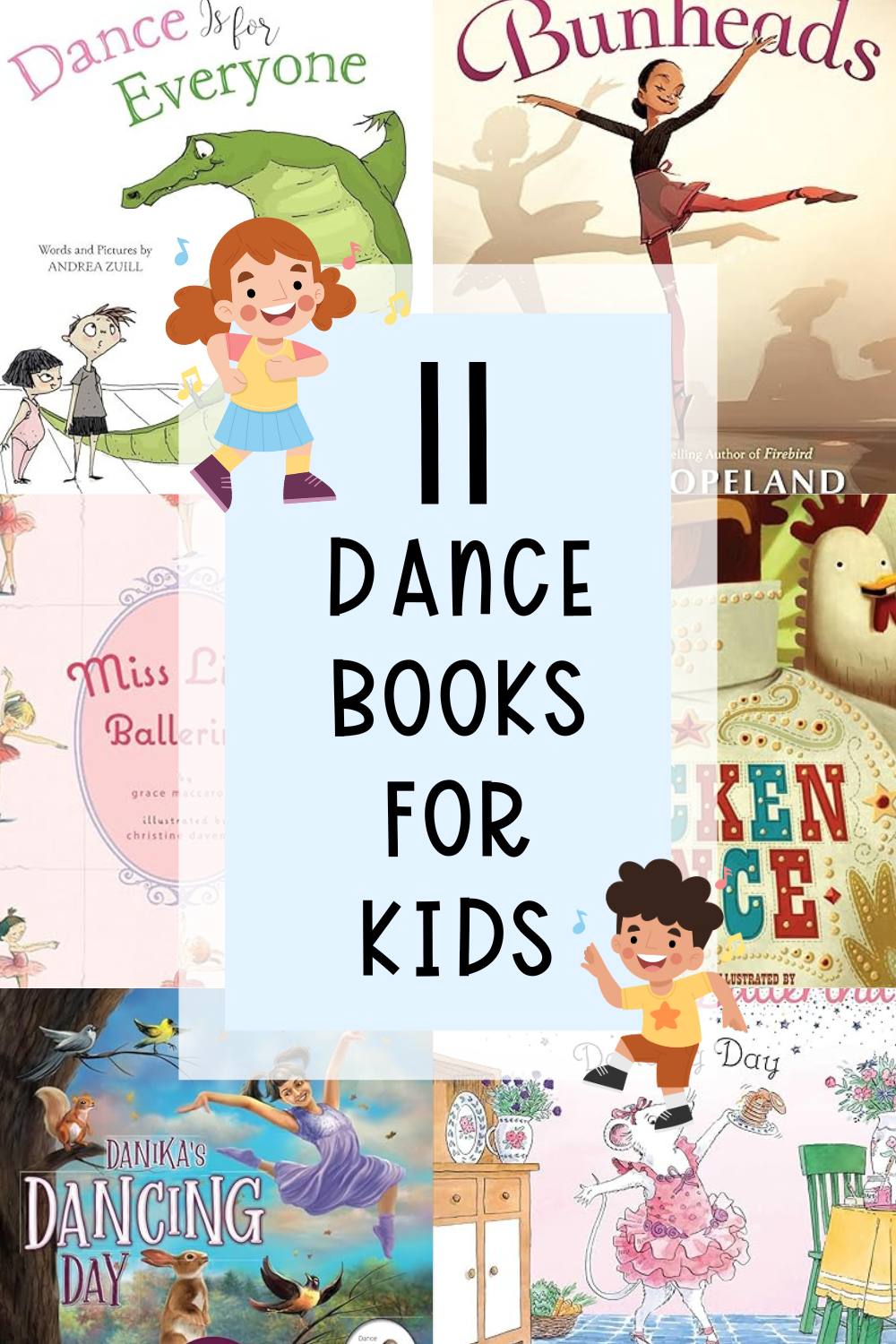***Disclosure: This post contains an Amazon affiliate link that at no additional cost to you, I may earn a small commission when you purchase through the link from my blog. Thank you for your support!
One of the most challenging aspects of teaching—one that often goes unaddressed in teacher training—is classroom management.
It’s a skill that, quite frankly, is more crucial than your lesson plans or curriculum. Without effective classroom management strategies in place, even the most well-prepared lessons can fall flat.
So, what are the tried-and-true strategies you should stick with, and which ones should you ditch?
3 Classroom Management Strategies To Ditch & To Try
Ditch the Behavior Chart & Try the Super Improver Wall
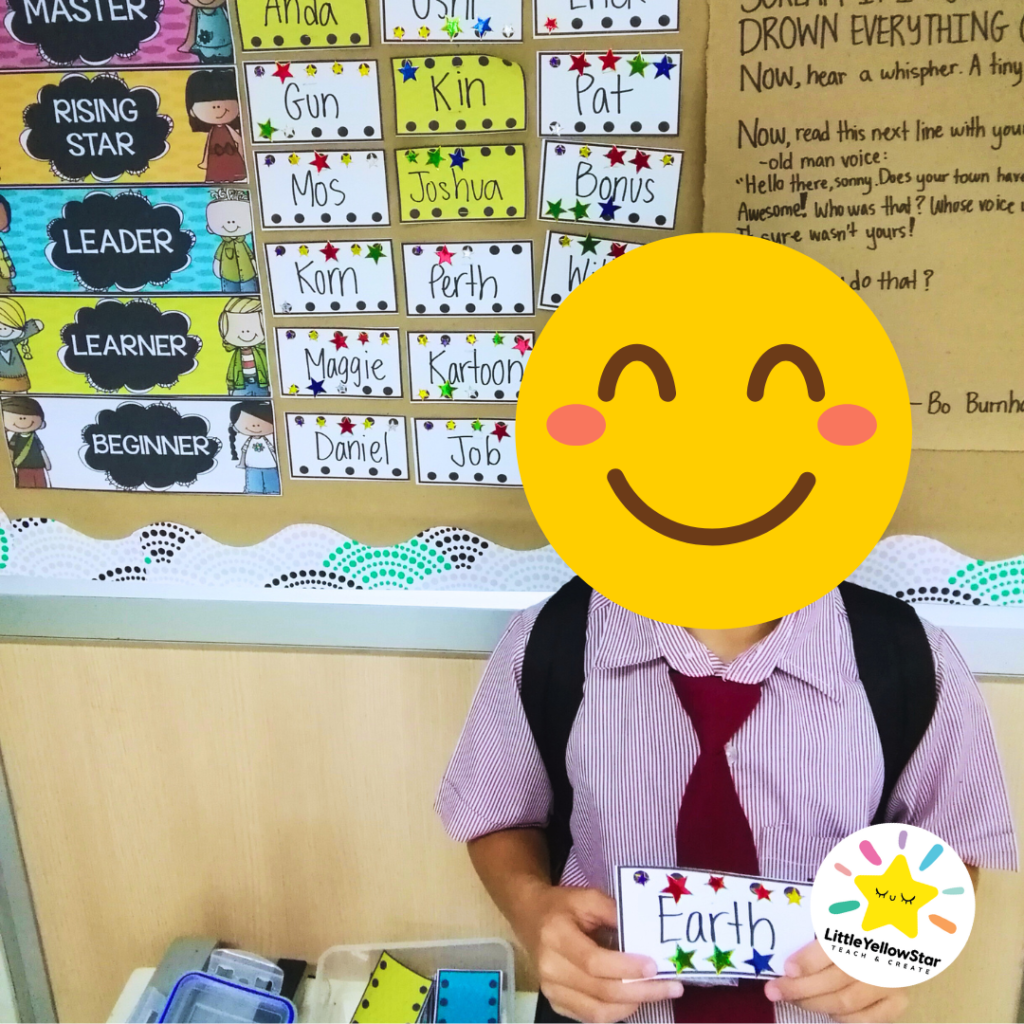
Oh, the behavior chart—so colorful, so promising, and yet, so frustrating. I remember the early days of my teaching career, painstakingly printing and laminating behavior charts, complete with pegs for each student. But what they don’t tell you is that this chart, which is supposed to streamline behavior management, often becomes more of a distraction.
I mean imagine, searching for a tiny peg among 25 others while the entire class watches? It’s a time sink that brings unnecessary attention to the misbehaving student and disrupts the flow of the lesson.
Let’s be honest—moving a student’s peg to red doesn’t do much beyond broadcasting their bad behavior to the entire class, often damaging your relationship with that student in the process. Is it really fair for a child to carry that shame all day long? What’s worse is the toll it takes on your own mental health. When your focus is solely on managing negative behaviors, it becomes exhausting and emotionally draining. Instead of reducing the challenging behaviors, you are actually creating more and noticing more.
Enter the Super Improver Wall. The concept of the Super Improver Wall came from Whole Brain Teaching by Chris Biffle. His book is amazing, there are other great classroom management strategies that you can implement as well.
Unlike behavior charts that spotlight negative actions, the Super Improver Wall focuses on celebrating positive behaviors. When a student displays a desirable behavior—helping a classmate, showing kindness, or demonstrating a growth mindset—you quietly place a sticker on their Super Improver card.
It’s a subtle yet powerful way to recognize and reinforce the behaviors you want to see more of. The beauty of this method is that it shifts the spotlight from negative to positive, creating a classroom atmosphere where students are motivated to improve because they want to, not because they’re afraid of being shamed.
Grab these free resources to make your teaching life easier!
A teacher once told me that this approach felt like “manipulation.” But if we’re being honest, every form of behavior management involves some level of influence. The difference here is that the Super Improver Wall encourages students to seek attention for positive actions rather than negative ones. After all, attention is a powerful currency—why not use it to promote behaviors that enhance the classroom environment?
I used this specific one when I was in the classroom, and this is the resource from whole brain teaching.
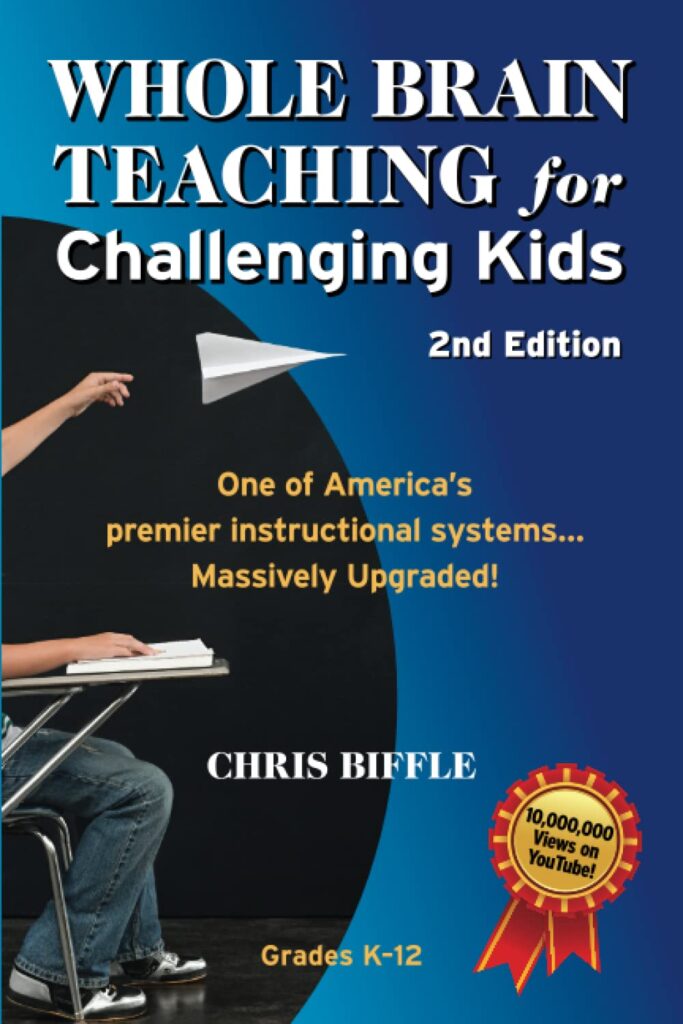
Ditch Raising Your Voice or Writing Names on the Board & Try 1-2-3 Magic
Addressing disruptive behavior while teaching a whole group or during a read-aloud can be incredibly challenging. Traditional methods, like yelling or writing names on the board, not only interrupt the lesson but also draw unnecessary attention to the misbehavior, often exacerbating the issue.
This is where the 1-2-3 Magic technique comes in—a simple yet effective method that gives students three chances to correct their behavior. This is definitely one of the tool you need to add to your classroom management strategy toolbox!

Here’s how I implemented it in my classroom: When you notice a disruptive behavior, make eye contact with the student, say “1,” and move on. It’s quick, non-intrusive, and most of the time, the rest of the class won’t even notice. If the behavior continues, you repeat the process with “2.” If it persists after that, it’s time for a consequence, but this is where it’s essential to have predetermined consequences that fit the situation.
For example, during a read-aloud, the consequence might be for the student to return to their seat. During whole-group instruction, it could involve a note home or walking a lap during recess. It’s also beneficial to introduce this method early in the school year, perhaps with an anchor chart, and let students help determine appropriate consequences. This gives them ownership of their behavior and its outcomes.
What I love about 1-2-3 Magic is its simplicity. It’s firm yet gentle, quick but effective. Once I started using this technique, my classroom ran smoother, with far fewer disruptions. Although initially developed as a parenting tool, it works wonders in the classroom as well! You can read the book if you want to dive deeper, it’s an easy read!
Ditch Strict Rules & Try Essential Agreements
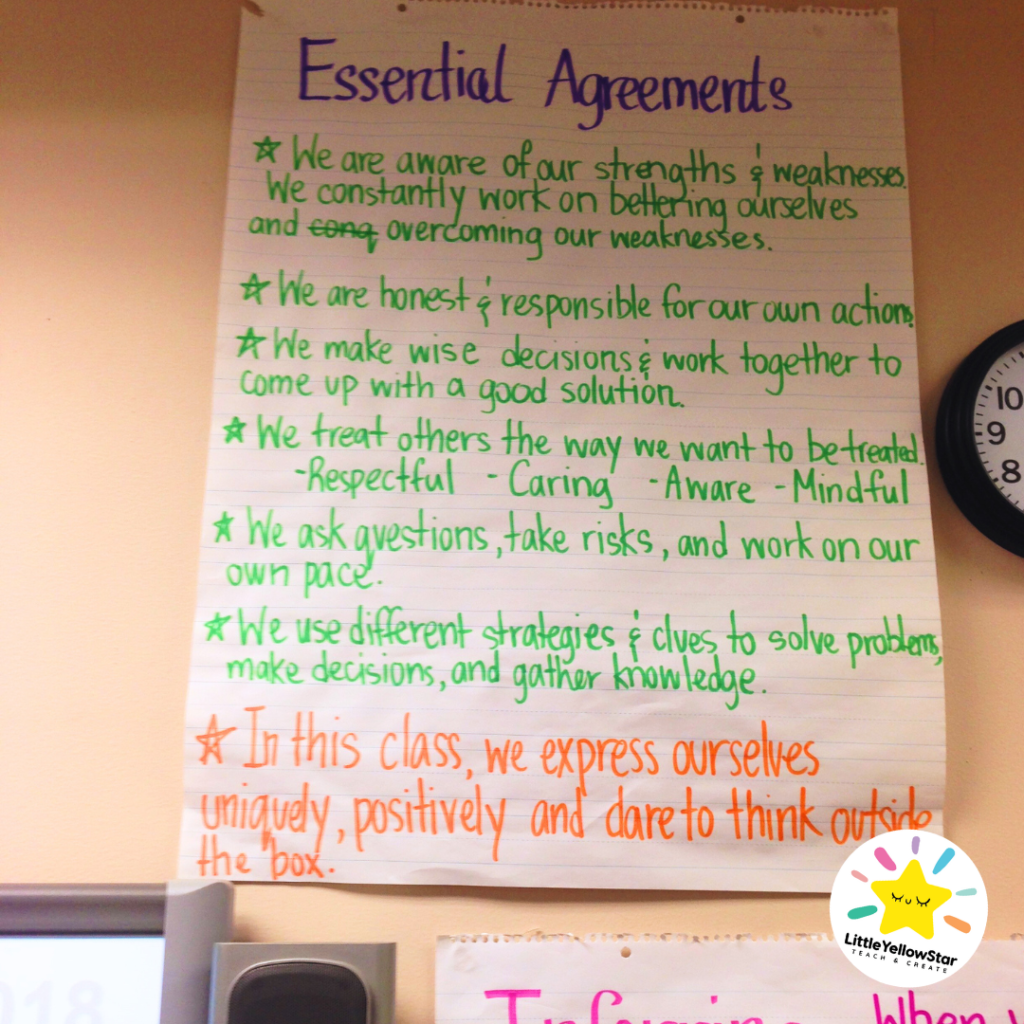
“If you talk while I’m teaching, you will lose 5 minutes of recess!”
I remember one teacher who had two full anchor charts of rules posted in the classroom. Sure, everything was laid out clearly, but who can remember all those rules? And do they really foster a positive learning environment?
When I started teaching in the International Baccalaureate (IB) program, I was introduced to the concept of Essential Agreements. Instead of a long list of rigid rules, Essential Agreements involve the whole class coming together to decide on behaviors that create a safe and friendly environment for everyone.
The key difference here is ownership. Students must think critically about their behavior and how it affects others.
For example, while humming while working isn’t inherently wrong, it can be distracting in a group setting. Students come to these realizations themselves and agree on terms to make the environment conducive to learning for all.
What’s great about Essential Agreements is their flexibility. They’re a living document, meaning they can be adjusted throughout the year as needed. For instance, one year, my class decided that during morning social-emotional learning activities, singing along to 70s and 80s music was acceptable. But if someone needed to focus, they could move to the small group table. This small adjustment led to one of my favorite classroom memories—when “Yellow Submarine” came on, even the shyest students joined in for a sing-along!
The beauty of Essential Agreements is that they evolve with the class. Unlike a set of rigid rules, they allow you to be the “fun” teacher without encouraging challenging behaviors. And when a student does break an agreement, they take full ownership of the consequences, making the entire process much more meaningful and effective.
6 Additional Classroom Management Strategies for a Smooth-Running Classroom
- Teach and Practice Procedures:
This isn’t just a beginning-of-the-year activity. Review your most common procedures after long breaks and anytime you introduce something new, even if it’s late in the year. Students—and adults—forget. If you don’t take the time to teach and practice procedures, you’re setting yourself up for a stressful few weeks. Incorporating this into your classroom management strategies ensures a smoother, more consistent experience for everyone. - Use Visual Timers:
I always have a visual timer running whenever students are working on something—reading, writing, math, centers, you name it! It helps students manage their time effectively and reduces anxiety around transitions. I once challenged a teacher who felt timers would make her anxious to try it, and she ended up loving it. The reality is, knowing how much time you have left prevents that rushed feeling when time suddenly runs out. Check out my 15 Minutes Timer playlist here! This is one of those classroom management strategies that can make a big difference in your daily routine.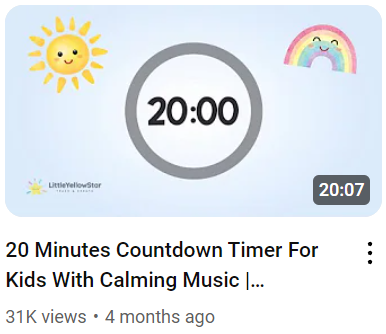
- Use a Doorbell for Noise Levels:
Managing noise levels is an ongoing challenge. While there are apps that measure and display classroom noise, they’re not always practical if you need to project something else on the board. A simple wireless doorbell works wonders for signaling when the class is getting too noisy, especially during small group work. Also, check out this cute Owl Doorbell for your classroom, especially if you have a woodland theme! Incorporating a doorbell into your classroom management strategies can help maintain a peaceful learning environment.
- Use a Calming Call for Attention:
Attention-grabbing calls like “Hello Alligator, Hey There Crocodile” can be fun, but they sometimes create more excitement than necessary. For calm, focused attention, try the Whole Brain Teaching method of “Class Class, Yes Yes,” where students match your energy level. This call-and-response method helps set the tone for the next activity, whether it’s independent reading or cleanup time. - Use a Behavior Reflection Sheet:
When a student displays challenging behavior, along with applying the appropriate consequence, consider adding a behavior reflection sheet. This gives the student a moment to reflect on their actions and also serves as a communication tool with parents. It’s a simple way to encourage accountability and maintain open lines of communication.
Final Thoughts:
Classroom management is all about trial and error, and what works for one teacher may not work for another. However, these strategies—whether it’s ditching behavior charts for a Super Improver Wall, replacing yelling with 1-2-3 Magic, or swapping rigid rules for Essential Agreements—are designed to create a smoother, more enjoyable classroom experience for you and your students. Remember, you’re working with little humans who are still learning about their emotions and the world around them. It won’t be perfect, but it can be good—most days.
Wishing you an amazing school year! Don’t forget to share which tips and tricks worked for you this year on your favorite social media platform.
Happy Teaching!
Prima from LittleYellowStar
* * *

